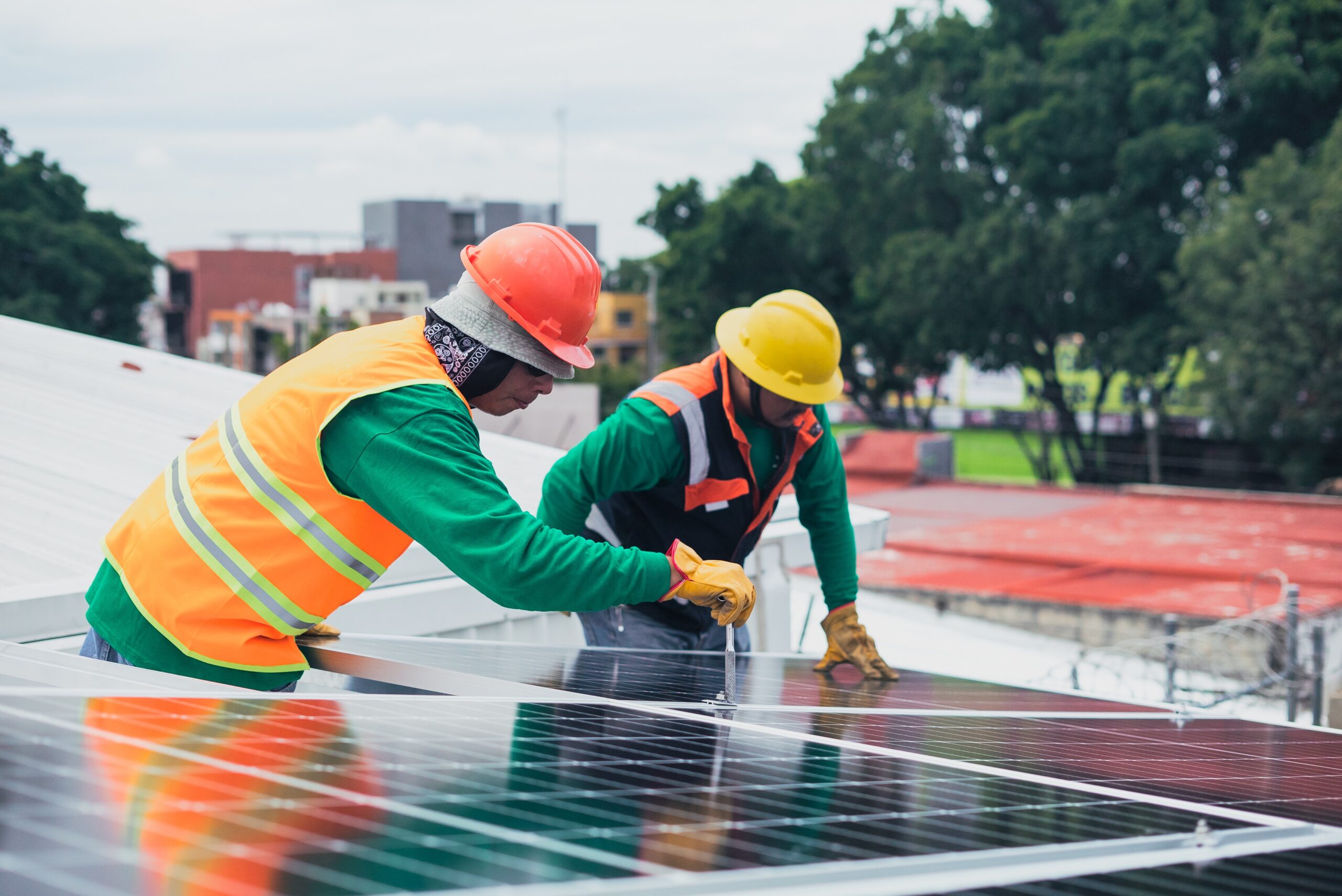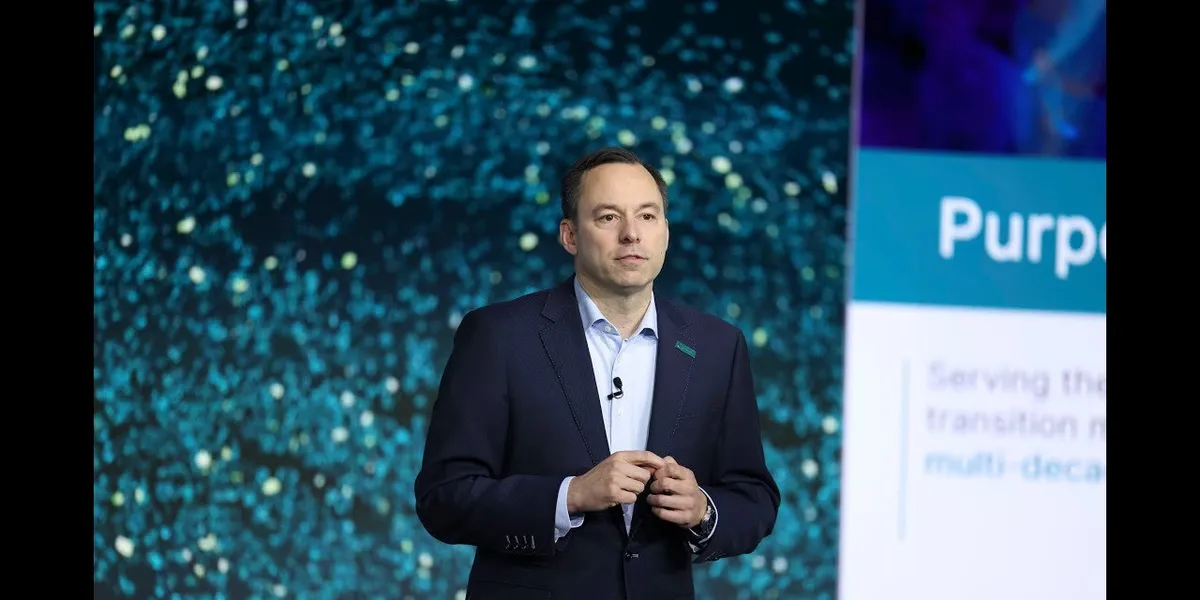

The Connecticut Technical Education and Career System (CTECS) and Connecticut Department of Administrative Services (DAS), along with partners the Connecticut Green Bank and Verogy, recently announced the start of construction of seven solar energy projects at technical high schools across the state.
When completed, the seven solar energy projects, including rooftop and carport installations, will collectively deliver 4.6 MW of energy to the schools. Additionally, CTECS could save nearly $6 million in energy costs over the lifetime of the panels while reducing carbon emissions by the equivalent of approximately 2,290 metric tons annually, the parties claim.
The projects will also incorporate a workforce development component, offering both classroom and on-site learning opportunities for students at each school where projects are underway.
CTECS Executive Director Dr. Alice Pritchard, DAS Commissioner Michelle Gilman, Connecticut Green Bank President and CEO Bryan Garcia, and Verogy CEO Will Herchel were joined by state and local officials and other project partners at a ceremonial groundbreaking event for a 756.8-kilowatt (kW) carport system serving Howell Cheney Technical High School in Manchester, one of the schools benefiting from solar.
“This initiative is a great example of how Connecticut is leading the way in clean energy innovation and workforce development,” said DAS Commissioner Michelle Gilman. “By investing in solar power at our technical high schools, we’re not only reducing our carbon footprint we’re also preparing the next generation of skilled workers, trained at these technical high schools, to thrive in a green economy.”
“We are incredibly honored to play a supporting role and invest in these projects alongside our partners at CTECS, DAS, and Verogy,” said Bryan Garcia, President and CEO of the Connecticut Green Bank. “Through our Solar Marketplace Assistance Program Plus (Solar MAP+), we help state agencies, municipalities, school districts, and affordable housing providers install solar and storage, making the benefits of these technologies more affordable and accessible through our no cost technical and financial assistance.”
“As a graduate of Wilcox Tech’s Electrical Program, I know how valuable hands-on technical education can be,” said Torre Babich, Project Manager at Verogy and a Wolcott native. “I started my journey in the electrical trade right here in Connecticut, earning my diploma and completing 2,000 hours of classroom training. Having supported the launch of the engineering phase of the CTECS solar projects, it’s incredibly rewarding to see them move forward, bringing clean energy to schools while offering students the same kind of real-world experience that launched my own career.”
In addition to the carport system serving Howell Cheney Technical High School, the other schools benefiting from the new solar energy systems include:
- W.F. Kaynor Technical High School (Waterbury) – 448.8 kW rooftop system
- A.I. Prince Technical High School (Hartford) – 170.5 kW rooftop system
- Eli Whitney Technical High School (Hamden) – 756.8 kW rooftop and carport systems
- Emmett O’Brien Technical High School (Ansonia) – 897.6 kW rooftop and carport systems
- Henry Abbott Technical High School (Danbury) – 616 kW carport system
- H.H. Ellis Technical High School (Danielson) – 959.2 kW roof and carport system
Last year, the Connecticut Green Bank more than doubled its allocation of funding to support commercial-scale solar photovoltaic (PV) projects for businesses, towns, schools, non-profits, and state agencies. Originally approved in 2020 at $49.5 million, the allocation was increased to $110 million due to what Green Bank described as an “ongoing, demonstrated need” for flexible capital for customers seeking to use solar energy and take advantage of the Inflation Reduction Act (IRA) at the time. With this increase, $50 million was dedicated to solar at businesses, towns, and schools.
The Connecticut Green Bank was established by the Connecticut General Assembly in 2011 as the nation’s first state-level green bank. The Green Bank evolved from the Connecticut Clean Energy Fund (CCEF) and the Clean Energy Finance and Investment Authority (CEFIA), which was given a broader mandate in 2011 to become the Connecticut Green Bank.







